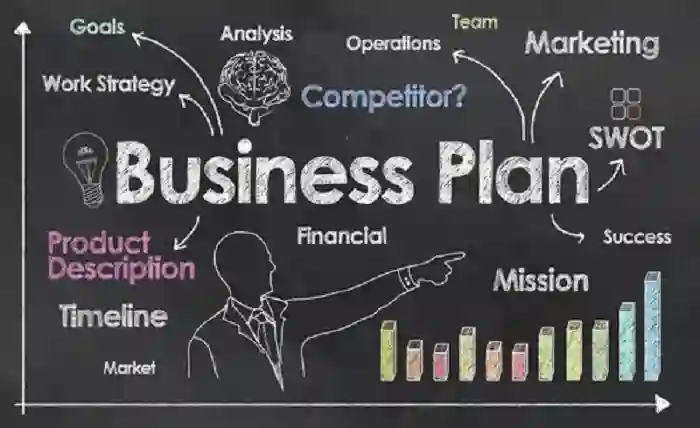How to Business Plan for Your Startup

If you are considering starting a new business, you need a business plan. A business plan is a document that describes your business idea, goals, strategies, and financial projections. A business plan can help you clarify your vision, test your assumptions, attract investors, secure funding, and guide your operations. In this blog post, I will show you how to write a business plan for your startup in six steps.
Step 1: Write an Executive Summary
An executive summary is a brief overview of your business plan. It should capture the attention of your readers and convince them to read the rest of your plan. An executive summary should include:
- Your business name, location, and mission statement
- Your products or services and their unique value proposition
- Your target market and competitive advantage
- Your revenue model and financial projections
- Your funding needs and use of funds
- Your team and key milestones
An executive summary should be concise, clear, and compelling. You can use bullet points or short paragraphs to highlight the main points. You can also use numbers or statistics to support your claims. An executive summary should be no longer than one or two pages.
Step 2: Write a Company Description
A company description is a detailed description of your business. It should provide more information about your business idea, goals, values, and vision. A company description should include:
- Your business history and background
- Your legal structure and ownership
- Your products or services and their features and benefits
- Your target market and customer segments
- Your industry and market trends
- Your competitive analysis and differentiation
- Your social and environmental impact
A company description should be informative, factual, and relevant. You can use headings and subheadings to organize your information. You can also use charts, graphs, or images to illustrate your points. A company description should be no longer than three or four pages.
Step 3: Write a Market Analysis
A market analysis is a research-based section of your business plan. It should demonstrate that you have a deep understanding of your target market, customers, competitors, and industry. A market analysis should include:
- A market overview and size
- A customer analysis and profile
- A competitor analysis and SWOT (strengths, weaknesses, opportunities, threats) matrix
- A market segmentation and positioning strategy
- A pricing strategy and revenue model
- A marketing strategy and channels
A market analysis should be data-driven, realistic, and specific. You can use primary or secondary sources to gather data. You can also use tools such as surveys, interviews, focus groups, or online platforms to collect feedback from your potential customers. A market analysis should be no longer than five or six pages.
Step 4: Write a Financial Plan
A financial plan is a projection-based section of your business plan. It should show that you have a viable and profitable business model. A financial plan should include:
- A startup cost estimate and budget
- An income statement and cash flow statement
- A balance sheet and break-even analysis
- A sales forecast and expense forecast
- A sensitivity analysis and risk assessment
- A funding request and exit strategy
A financial plan should be accurate, realistic, and conservative. You can use spreadsheets or software to create your financial statements. You can also use assumptions or benchmarks to justify your numbers. A financial plan should be no longer than seven or eight pages.
Step 5: Write an Appendix
An appendix is an optional section of your business plan. It should contain any additional information that supports your main sections. An appendix can include:
- Resumes of key team members
- Product samples or screenshots
- Customer testimonials or reviews
- Market research data or reports
- Legal documents or contracts
- References or citations
An appendix should be organized, relevant, and concise. You can use labels or numbers to refer to each item in your appendix. You can also use appendices to provide more details or explanations for your main sections. An appendix should be no longer than nine or ten pages.
Step 6: Review and Edit Your Business Plan
The final step of writing a business plan is to review and edit it. You should check your business plan for:
- Content: Make sure that your business plan covers all the essential topics and provides enough information for your readers.
- Clarity: Make sure that your business plan is easy to read and understand by using simple language, short sentences, and clear headings.
- Consistency: Make sure that your business plan is coherent and logical by using the same tone, style, format, and terminology throughout.
- Credibility: Make sure that your business plan is reliable and trustworthy by using facts, data, sources, and references to support your claims.
- Completeness: Make sure that your business plan is complete and comprehensive by including all the necessary sections, appendices, tables, charts, graphs, and images.
You can also ask for feedback from your mentors, advisors, peers, or potential investors. You can use their suggestions to improve your business plan and make it more appealing and persuasive.
Conclusion
A business plan is a vital document for any startup. It can help you define your business idea, goals, strategies, and financial projections. It can also help you attract investors, secure funding, and guide your operations.




